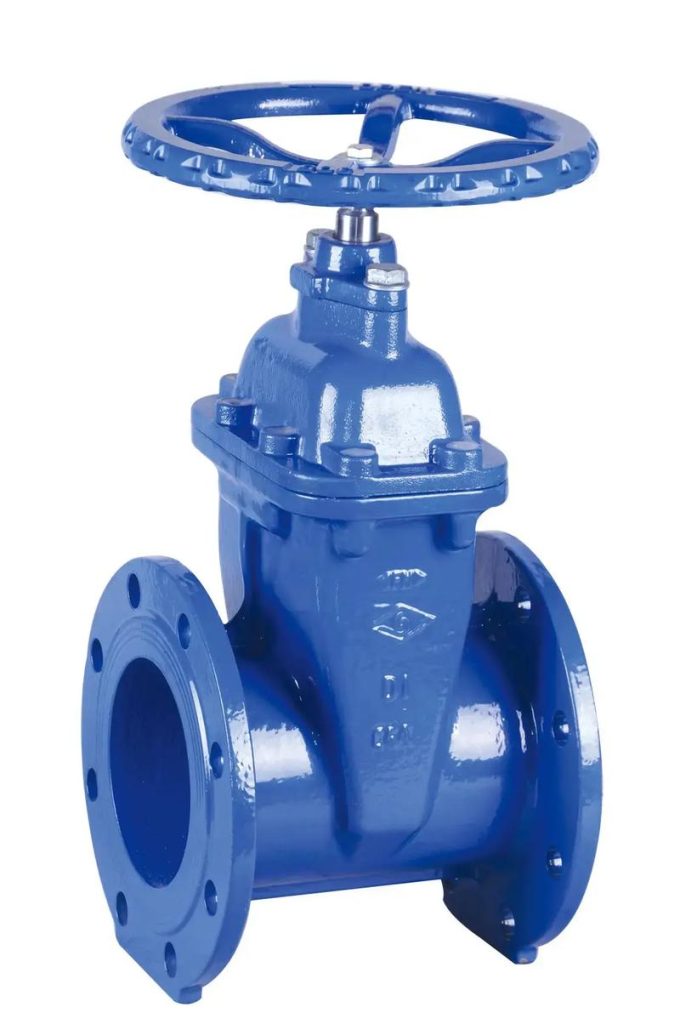reduced bore gate valve
furuno gate valve
flange end gate valve
italy bellows gate valve
swing gate check valve for compressed air

A Swing Check Valve is desinged to prevent the medium in the pipeline from flowing back. As pressure reaches zero, the valve shuts fully to prevent backflow.
Swing check valves belong to the group of automatic valves, which are used mostly in pipelines where the medium flows in one direction and allow only the medium to flow in one direction to avoid accidents. The pressure drops and turbulence in these types of valves are very low. This type of valve should generally be installed horizontally in the pipeline, but it can also be installed vertically by keeping in mind that the disc cannot reach the stalling position where the disc stuck in an open position.
Table of Content:
1. Definition
2. Working Principle
3. Structure Features
4. Product Standard
5. Application of swing check valve
6. Maitenance of swing check valve
7. Installation and uses of swing check valve
8. Fault and troubleshooting
9 Summary
Swing Check Valve Working Principle
The swing check valve adopts a built-in rocker swing structure. All of the valve’s opening and closing parts are installed inside the valve body and do not penetrate the valve body except for the sealing gasket and sealing ring for the middle flange, there is no leakage point as a whole which prevents the possibility of valve leakage. The swing arm connection between the swing check valve and the valve clack adopts a spherical connection structure, so that the valve clack has a certain degree of freedom within the range of 360 degrees, and there is an appropriate trace position compensation. When the medium flows downstream, the medium rushes through the valve flap and opens the valve, the pressure at which the valve opens are called cracking pressure. If the pressure of the medium falls below the cracking pressure the valve automatically shuts. When the medium flows back, the valve flap is sealed with the valve seat by the force of the medium, and the valve is closed.

Swing Check Valve: Structural features
1. The overall structure is simple and compact which makes its appearance beautiful.
2. As the medium pressure of a swing check valve falls below its cracking pressure the valve flap closes quickly which makes the water hammer pressure very small.
3. The valve flap, using the hanging mechanism, reduces the leakage of all components in the body.
4. Flow in the swing check valve is unobstructed and it provides low fluid resistance to the medium.
5. It is very sensitive to a small change in pressure and also gives a good sealing performance.
6. The swing check valve has a short disc stroke, and which makes its valve closing impact very low.
7. Long service life as wear is minimal which makes it highly reliable.
8. A horizontal or vertical duct can be used, easy to install.
9. The rocker arm and valve structure with a spherical joint attachment, so that the valve flap has a certain degree of freedom within the range 360° and acceptable compensation for the trace position.
Product Standards
Design standard: API602, ASMEB16.34, API6D
Structure length: ASME B16.10
Material and temperature: ASME B16.34
Inspection standard: API598, API6D
Application of Swing Check Valve
A swing check valve can be applied to a variety of media like water, steam, oil, nitric acid, acetic acid, strong oxidizing media, and urea. They are mainly used in petroleum, chemical, pharmaceutical, fertilizer, power, and another pipeline. It is suitable for clean media and not for media containing solid particles and high viscosity.
Where the flow of the medium is known to be pulsating and low, using a swing check valve is not recommended. Due to this valve disc hits the seat which makes the valve to suffer considerable damage-causing wear to both discs, swing disc can come loose, and as a result, the valve stops working properly.
Maintenance of Swing Check Valve
The swing check valve does not require much maintenance. They are considered to last longer. However, they could develop leaks if some foreign particles stuck between the disc and seat, this results in the function of the valve to downgrade.
1. To prevent swing check valve from damage, just keep the valve clean by wiping off dust and dirt regularly.
2. Always carry out regular inspections of the valve.
• Check for any leakages.
• Replace the valve if there is heavy leakage.
• Look for any sign of corrosion, rust, and wear.
• Inspect the pressure and temperature of the fluid flowing through the valve.
• Ensure the parameters within the limit of the valve.
3. If the valve is replaced, clean up the removed valve by overhauling it, wash all the parts thoroughly with hydraulic liquid, or whatever medium it is used for. Check for debris and scratches. Check the valve for corrosion, wear, or and rough surface. Make it smooth, lap it, and assemble it back.
4. The valve should be always stored lubricated in a dry and ventilated room to prevent moisture, rain, and rust.
5. The opening and closing parts should be in the closing device during storage or transportation, and the following work should be done:
• The valve disc should be fixed in the open position.
• The inner ports at both ends of the diameter are blocked with foam plates, and the ports must be plugged tightly with stuffed caps to prevent dust and rust, keep the channels clean and the end faces flat.
6. It should be checked regularly when placed for a long time. Check the protection status of the dirt and rust on the two channels, the sealing surface, and the welding joint every three months. After wiping the dirt and rust, repaint the anti-rust oil for protection.
